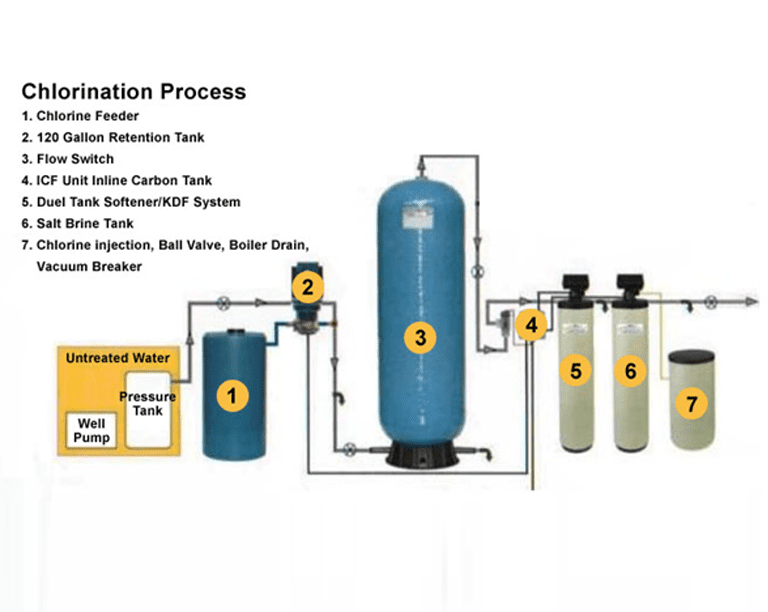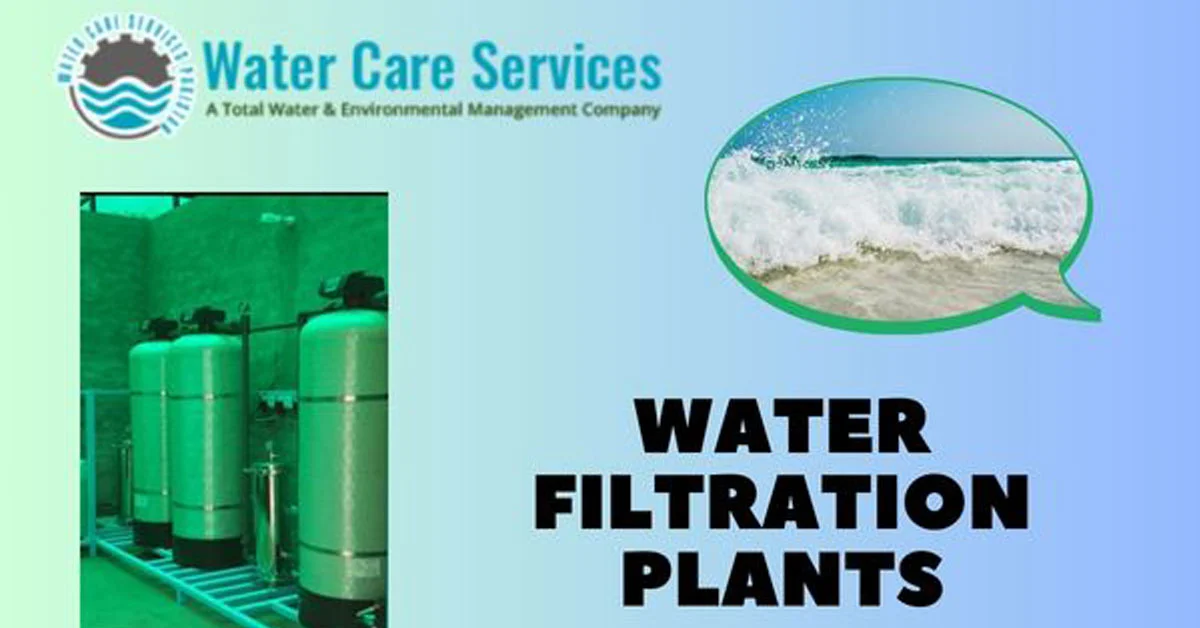Introduction to Water Filtration Plants
Water filtration plants play a crucial role in providing communities with safe and clean drinking water. These facilities are responsible for treating raw water from various sources to remove impurities and contaminants, ensuring the water meets the required quality standards.
The Importance of Clean Water
Access to clean water is a fundamental human right and a cornerstone of public health. Clean water is essential for drinking, cooking, sanitation, and industrial processes. Water filtration plants are essential in safeguarding public health by removing harmful substances from water sources.

How Water Filtration Plants Work
Water filtration plants use a combination of physical, chemical, and biological processes to purify water. These processes include coagulation, sedimentation, filtration, disinfection, and more. Each step contributes to the removal of specific contaminants.
Types of Water Filtration Processes
There are several methods for filtering water, including rapid sand filtration, slow sand filtration, activated carbon filtration, and membrane filtration. Each process is tailored to the specific characteristics of the raw water source.
Key Components of a Water Filtration Plant
Water filtration plants consist of various components, such as intake structures, screens, settling tanks, filters, disinfection units, and distribution systems. Each component plays a vital role in the water treatment process.
The Role of Chemistry in Water Filtration
Chemical processes like coagulation and disinfection are critical in water treatment. Coagulants help clump together impurities, making them easier to remove, while disinfectants ensure the water is free from harmful microorganisms.
Chlorination System
Chlorine systems are effective in removing bacteria and viruses from water sources. These systems are relatively inexpensive that is why it remains so popular.
WCSP typical chlorination system consists of a chemical feed pump which meters precise amounts of diluted chlorine into the incoming water stream. This chlorinated water is then contained in a reservoir called a ‘contact tank’. These tanks varied in their capacity. Chlorine requires a minimum 20 minute contact time for effect. After this point of operation, remove excess of chlorine for maintain taste and odor.

Challenges in Water Filtration
Water filtration plants face challenges such as aging infrastructure, increased demand, changing water quality, and the need for continuous improvement in technology and processes.

Sustainable Practices in Water Filtration
Adopting sustainable practices like water recycling, energy efficiency, and reducing waste is essential for the long-term viability of water filtration plants.
Water Filtration Plants Around the World
Explore examples of water filtration plants from different countries, highlighting their unique challenges and innovations in water treatment.
Water Filtration Plant Technologies
Discuss cutting-edge technologies like advanced filtration membranes, nanotechnology, and artificial intelligence that are revolutionizing water treatment.
Benefits of Advanced Water Filtration Techniques
Advanced techniques lead to higher water quality, reduced chemical usage, and increased efficiency, benefiting both the environment and public health.
Troubleshooting and Maintenance of Filtration Systems
Explore common issues that water filtration plants face and the maintenance practices required to keep them running smoothly.
Water Filtration Plant Case Studies
Examine real-world examples of successful water filtration plant projects, showcasing their impact on communities.
Innovations in Water Filtration Technology
Highlight recent innovations, research, and developments in the field of water filtration.
The Economics of Water Filtration
Discuss the costs associated with operating water filtration plants and the economic benefits of investing in clean water infrastructure.
Water Filtration Plant Design and Engineering
Explore the principles of designing efficient and sustainable water filtration plants.
Education and Awareness: Promoting Water Filtration Plant Initiatives
Discuss the importance of educating the public about water conservation and the role of filtration plants in ensuring clean water.
Conclusion: The Vital Role of Water Filtration Plants
Summarize the key points and emphasize the critical role that water filtration plants play in safeguarding public health and the environment.
Implementing advanced water recycling solutions is pivotal for enhancing environmental sustainability in water filtration plants, ensuring optimal resource utilization and minimizing ecological impact.
You can Follow us on Facebook , Twitter , Linked in , you tube , and instagram .

Customer FAQs
1. Why do we need a water filtration plant?
- A water filtration plant is essential to remove impurities and contaminants from the water we use for drinking and other household purposes, ensuring it’s safe for consumption and daily use.
2. What types of contaminants does a water filtration plant remove?
- Water filtration plants can remove a wide range of contaminants, including sediment, bacteria, viruses, chemicals, and heavy metals, providing clean and safe drinking water.
3. How does a water filtration plant work?
- Water is treated through a series of processes, including coagulation, sedimentation, filtration, and disinfection, to eliminate impurities and make it safe for consumption.
4. Is the water from a filtration plant safe to drink without further treatment?
- Yes, the water leaving a water filtration plant is generally safe to drink without additional treatment. However, it may still undergo residual disinfection to maintain water quality throughout the distribution system.
5. How often is the water quality tested at a filtration plant?
- Water quality is constantly monitored and tested at various stages of the treatment process to ensure it meets rigorous safety standards.
6. Can I use water from a filtration plant for cooking and bathing as well?
- Absolutely. Water from a filtration plant is suitable for all household uses, including cooking, bathing, and washing dishes.
7. What maintenance measures are in place to keep the filtration plant running efficiently?
- Regular maintenance, cleaning, and equipment checks are conducted to ensure the filtration plant operates at its best and delivers consistent water quality.
8. Does the filtration plant address water hardness issues?
- While filtration plants primarily focus on removing contaminants, water hardness (minerals like calcium and magnesium) may require additional treatment, such as water softening, if it’s a concern in your area.
9. Is the water filtration process environmentally friendly?
- Yes, water filtration processes are designed to minimize their environmental impact, and many facilities prioritize sustainability by recycling waste and optimizing energy usage.
10. How can I report concerns or issues related to my water quality or the filtration plant’s operation?
- You can typically contact your local water utility or authority to report any concerns or issues related to water quality, leaks, or the filtration plant’s operation. They will assist you in addressing your concerns promptly.

